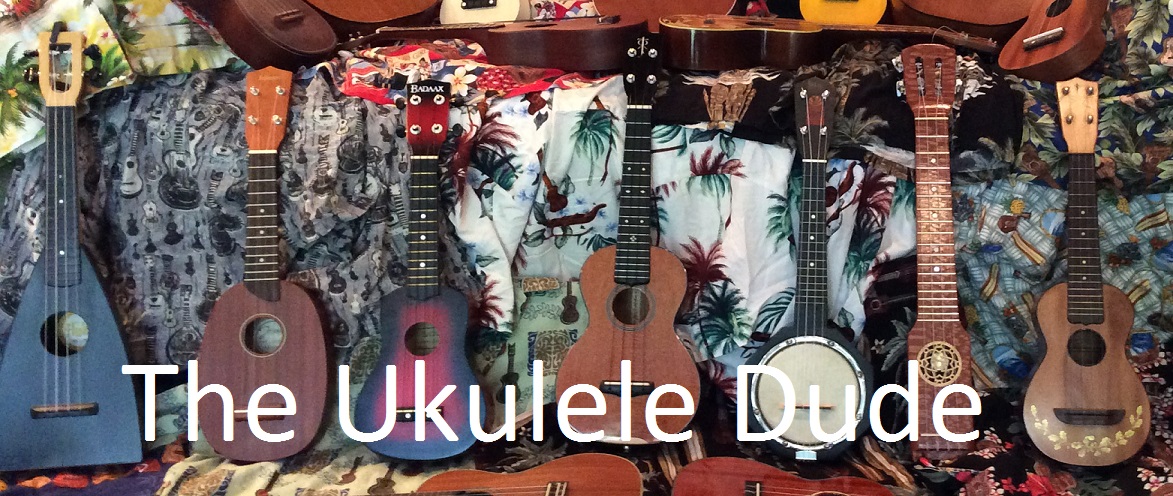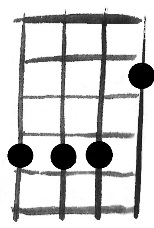What is Your Favorite Ukulele Chord and Why?
I was able to attend the 2017 Midwest Uke and Harmonica Camp in Olivet, Michigan. As I got moved into my dorm room and walked over to the orientation meeting, I came up with a sort of ice breaker to use. Rather than asking people where they were from, I was going to ask them what their favorite ukulele chord was and why it was their favorite. Some people had an answer right away, others had to think about it for a while (or a day!). So here are some of the responses I got, along with a bit of introduction to the ‘celebrities’ I got an answer from. Gerald Ross was the fastest one to answer, absolutely no hesitation. “The magical chord! C6 [5-7-5-7]. Whenever I pick up an ukulele that is the chord I play, and then slide two fingers up into the Cdim7 [5-6-5-6] or down to…
Can I Fly With My Ukulele? FAQs
Please note that the following article is specifically aimed at domestic travel within the United States. If you are crossing international borders, restrictions on certain types of wood and ivory can be cause major problems at customs. Make sure you are fully informed before taking your instrument through customs anywhere in the world! The safest way to travel with an ukulele is to carry it on as your personal item. I have never had any trouble going through security carrying an ukulele. The closest issue I had was when the screener asked what it was and if I could play it. I offered to, but he waved me on through with a grin. I have a bit of bungee chord that I use to wrap around my case, through the handle, and fasten it to my roller bag. My roller bag is one of the smaller types that will actually…
How Do I make an easy E Chord? FAQ
Over the years of being a member of ukulele groups and many online forums, there are a number of questions that continually come up. So I am creating a number of articles to address these FAQs. Like all advice, you have to take the responsibility and make the ultimate decision yourself. So here’s the first one! What is the easy way to make an E chord? There are many ways of making the E chord. A Major chord only requires 3 notes. To have an E chord you must have the E (duh!), G# and B notes. So you really only have to play three notes, the fourth string can be used to double up any one of those three notes, or not played at all. So there are many ways of playing the E chord, but most chord books will show you one of four ways. The most common…

